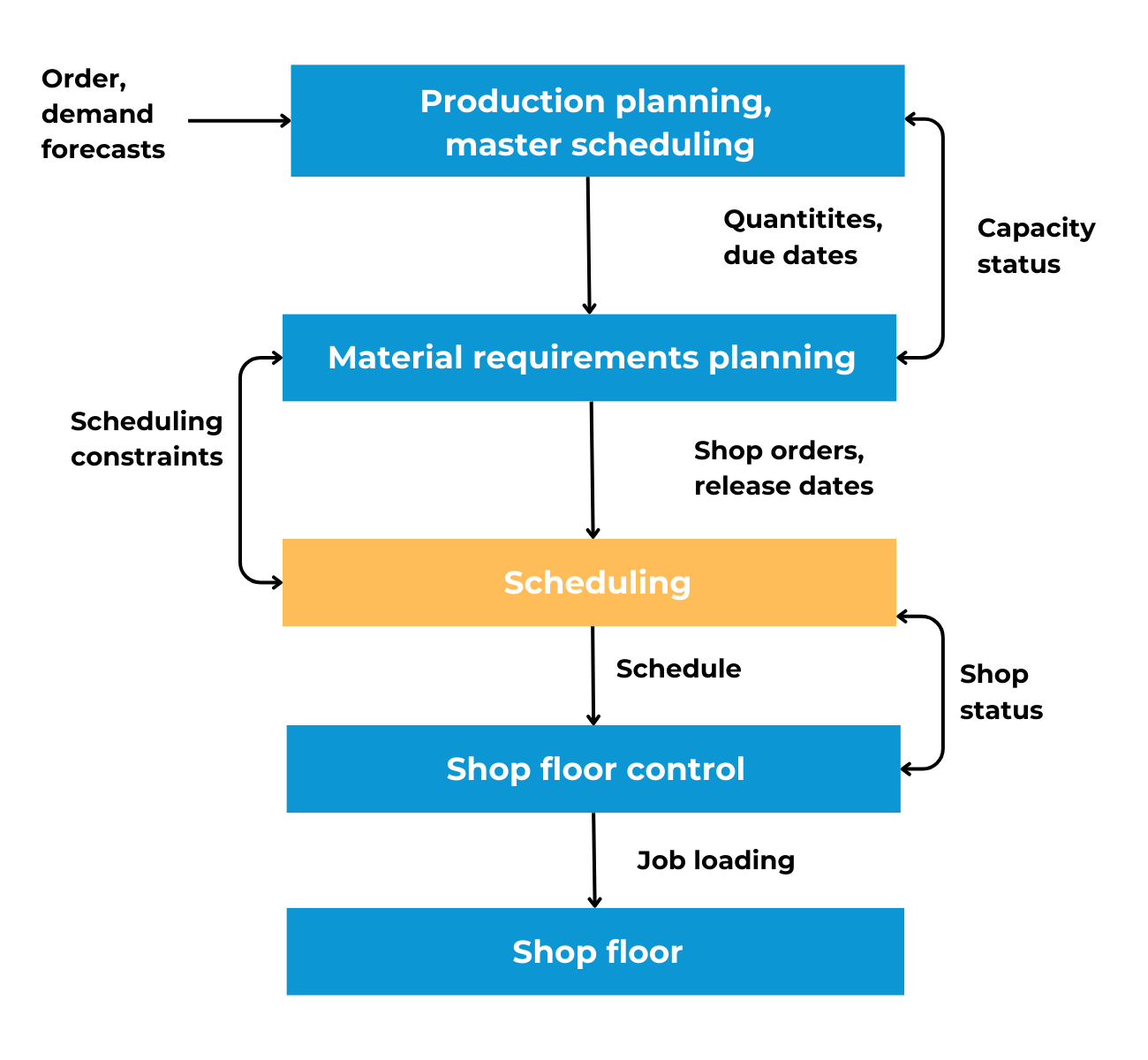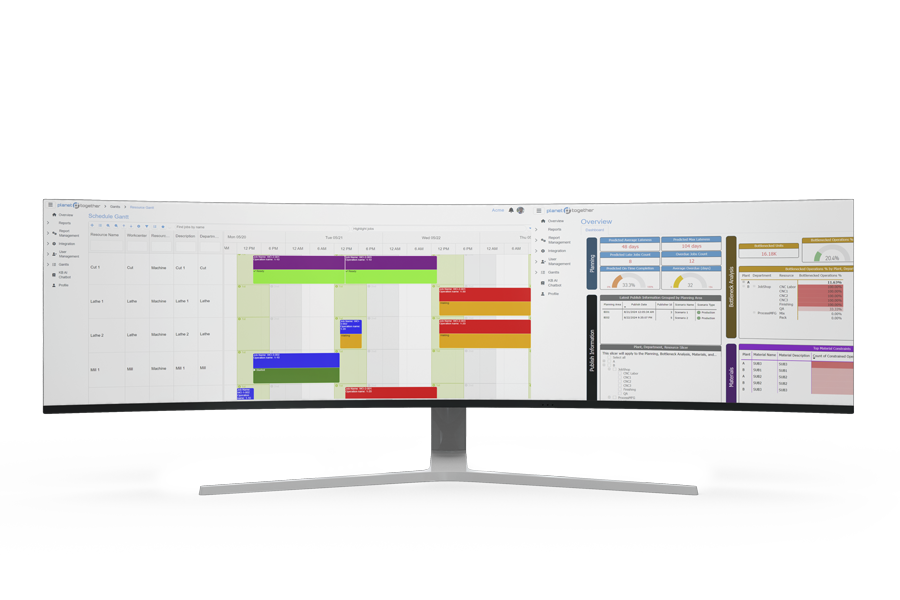Can Flowcharts Really Help Improve Your Processes, or Do They Just Add Complexity?
When working on continuous improvement projects and attempting to understand current processes on the floor, you may be looking into utilizing process flowcharts. While these charts can have some limitations, these charts can be extremely beneficial in the sense that they allow you to break down a process step by step, allocate time to the steps, and ultimately see the big picture behind a process.

What is a Flowchart?
A flowchart is a graphical representation of a process or algorithm. It uses different shapes and arrows to depict the steps in a sequence, decision points, and the flow of data or control from one step to another. Flowcharts are commonly used in various fields, such as programming, business process analysis, engineering, and more, to visually represent and communicate the structure and flow of a system or process.
Process flowcharts
Can be used in a variety of settings. It could be processes as complicated as creating a new motor for an engine all the way down to brushing your teeth in the morning. This is why this tool is extremely beneficial, because it allows you to visualize each step.
Process flowcharts also can aid in showcasing which steps could be combined, how new equipment or automated processes can remove steps, and ultimately a potential foundation of how you can increase efficiency within your operation. Flowcharts are being utilized by many different industries around the globe and can provide thorough insight into your operation. When utilizing flowcharts, there are a series of advantages and disadvantages associated with the tool. Therefore, within this blog we are going to discuss the advantages and disadvantages associated with process flowcharts.

Advantages of Flowcharts
Process flowcharts have a variety of advantages that can bring tremendous value to your operation. These advantages include the following:
-
Communication
- Process flowcharts are commonly utilized by industrial engineers and individuals involved with process improvement. This tool allows you to communicate processes and potential problems on the floor in a way that management can understand, thus pushing them to potentially change up the process or implement new equipment. Communication is key when it comes to process flow charts, because it can turn a complicated procedure into a simplistic visual that allows management to understand the overall scope of the process and issues associated with it.
-
Analysis
- With the help of flowcharts, issues on the floor are able to be analyzed in a much more effective manner that showcases potential areas of cost reduction and time allocation. This is beneficial in the sense that you can take a look at steps that may be able to be combined or rearranged, leading to reduced waste and more output per hour. Process flowcharts are an advantageous method in being able to analyze the process and ultimately looking for areas of improvement.
-
Adequate Documentation
- Flowcharts are an advantageous method of document processes on the floor that everyone is able to understand and ultimately can be utilized in various departments. As everyone is able to understand these flowcharts, there is more of an incentive to clean processes up through process step elimination and efficiency enhancement. Being able to document the process, explain why the process is the way that it is, and have it on hand is a substantial advantage to your facility.
The advantageous pertaining to flowcharts seem to be endless. Unfortunately, with every pro there is a con, in which there are disadvantages associated with flowcharts.

Disadvantages of Flowcharts
A few of the disadvantages pertaining to flowcharts include the following:
-
Alterations
- Alterations can become a hassle when using flowcharts. This is due to the fact that when there are alterations to the process or whenever a process needs to be changed, you will more than likely have to redraw the entire flowchart, which results in wasted time and money. By far, this is the most substantial drawback pertaining to process flowcharts.
-
Logic Complexity
- When a process is relatively complex, this can make a process flowchart look messy and clumsy. This will make it difficult for management to understand and could be a waste of time as you attempt to pinpoint areas of waste within a certain process or area. This is why it is important to take a look at the process and see if there are any steps that can be included together or simplified.
-
Reproduction of a Flowchart
- The last major drawback pertaining to flowcharts is that flowchart symbols cannot be typed. You will have to use Word, Excel, or some other software that allows you to create shapes and plug words into them. This makes recreating flowcharts rather difficult, considering that they require shapes.
Process flow charts are an incredibly advantageous tool to utilize within manufacturing facilities, warehouses, or any other area of supply chain. A software that can aid with adequate scheduling and process enhancement is PlanetTogether’s Advanced Planning and Scheduling (APS) Software. Advanced Planning and Scheduling (APS) Software is a must for manufacturing facilities that are seeking to take their production to the next level, reduce costs, and ultimately increase profitability within the operation.

Advanced Planning and Scheduling Software
Advanced Planning and Scheduling (APS) software has become a must for modern-day manufacturing operations due to customer demand for increased product mix and fast delivery combined with downward cost pressures. APS can be quickly integrated with a ERP/MRP software to fill gaps where these system lack planning and scheduling flexibility and accuracy. Advanced Planning and Scheduling (APS) helps planners save time while providing greater agility in updating ever-changing priorities, production schedules, and inventory plans.
- Create optimized schedules balancing production efficiency and delivery performance
- Maximize output on bottleneck resources to increase revenue
- Synchronize supply with demand to reduce inventories
- Provide company-wide visibility to capacity
- Enable scenario data-driven decision making
Implementation of Advanced Planning and Scheduling (APS) software will take your manufacturing operations to the next level of production efficiency, taking advantage of the operational data you already have in your ERP.
Struggling with production scheduling? PlanetTogether's production scheduling software is the answer. Get real-time visibility, optimize resource allocation, and improve on-time delivery. Request Demo!
Related What If Video
APS Resources